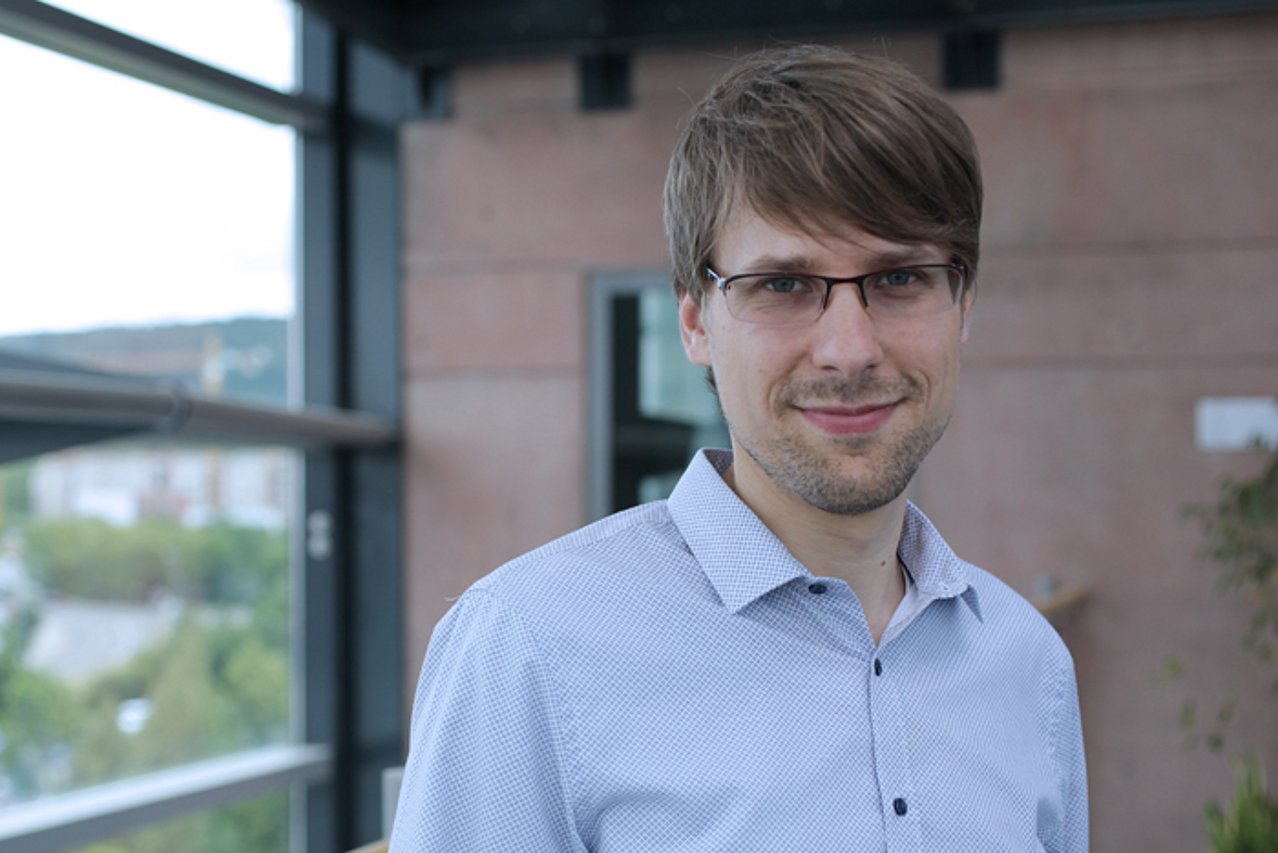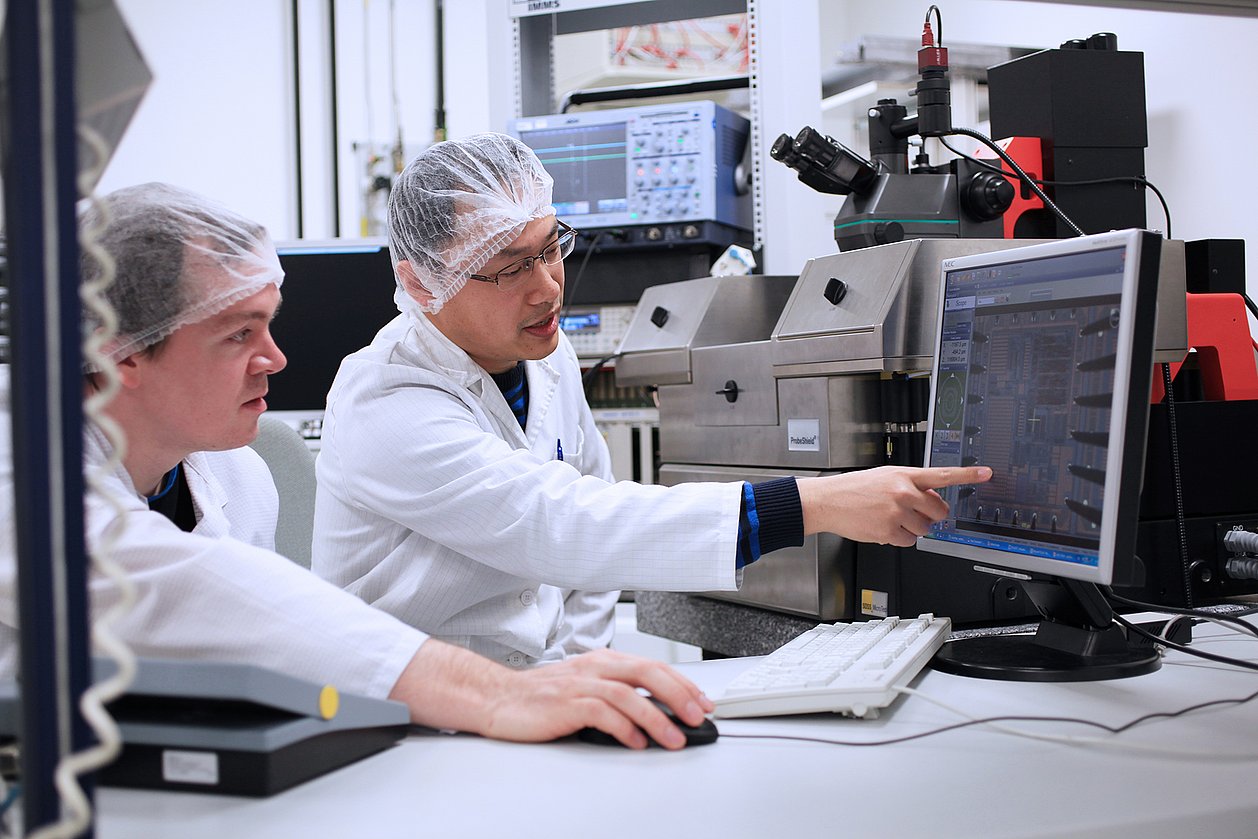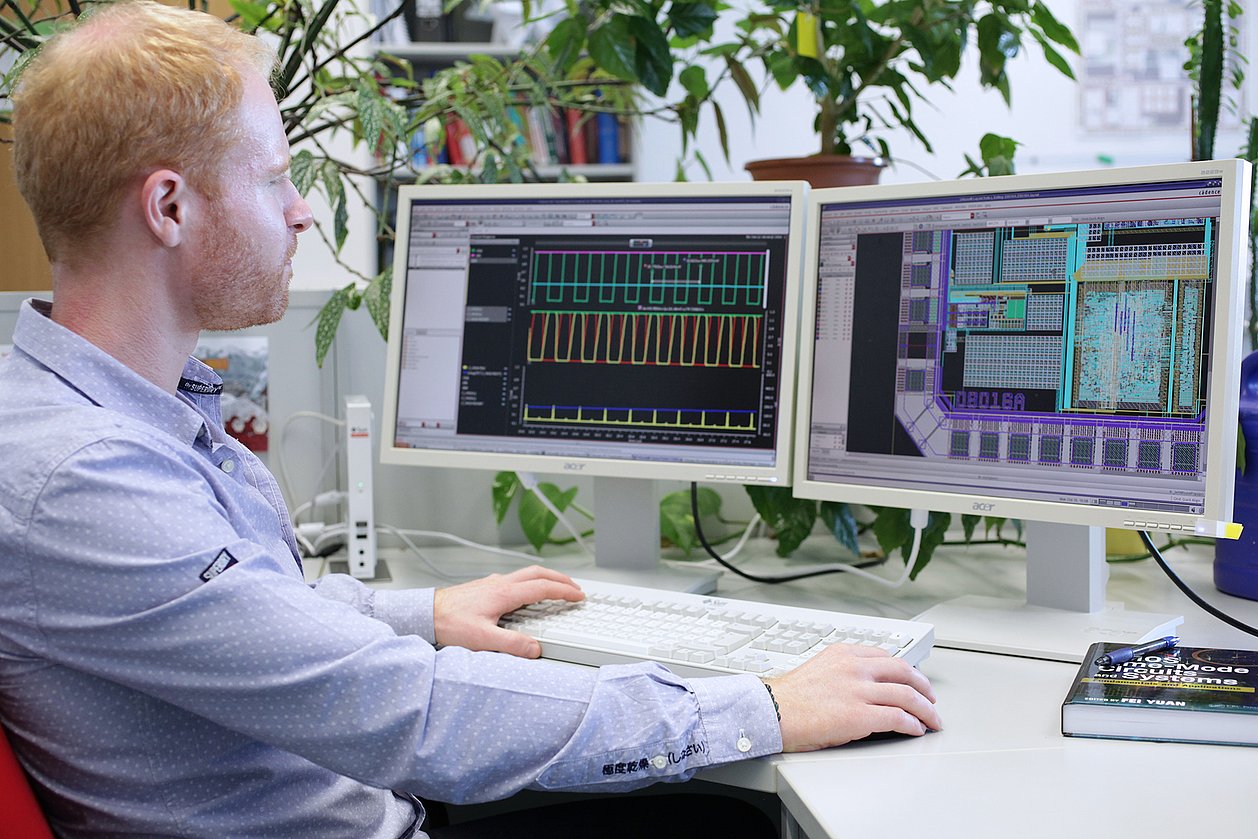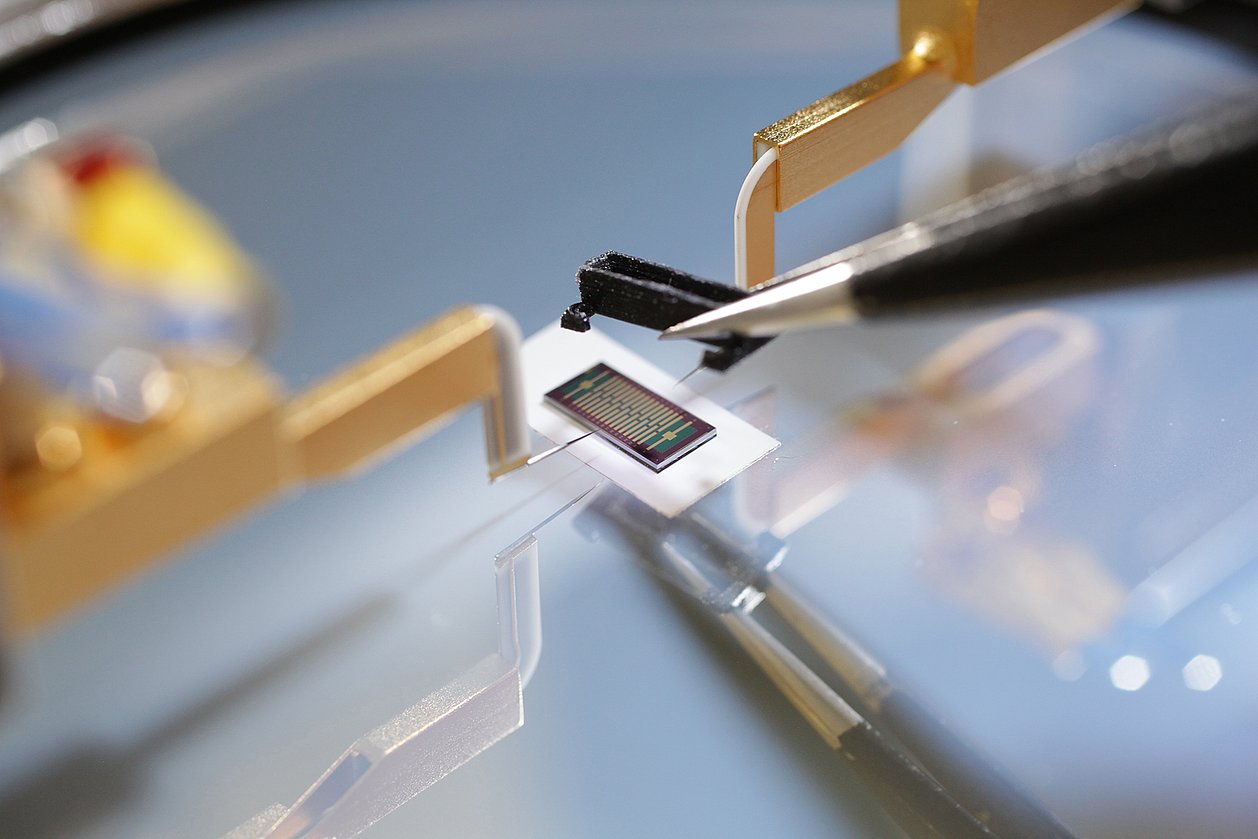Core topic CMOS-based biosensors
High-precision diagnostic systems are large and expensive, are mainly used in centralised laboratories and entail waiting and travel times of days. But if rapid test results are important or investment in a laboratory is not possible, such as in developing countries, point-of-care tests are an option. Yet in most cases, these are still too inaccurate and not digitised.
We are researching CMOS-integrated transducers and their interaction with biological receptors.
By integrating a wide range of functions and miniaturisation, as well as economies of scale, they offer the potential for precise, digital and at the same time cost-effective point-of-care tests. With CMOS-based biosensors, structural sizes in the µm range can be achieved and thus properties can also be recorded on a molecular scale. Our focus is on sensors for optical (e.g. using SPADs) and charge-based (using ISFET) analysis methods.
Together with partners, we are researching the functionalisation of chip surfaces to be able to digitise other physical, chemical and biological parameters.
We are also researching the integration of ICs with other diagnostic technologies, such as microfluidic lab-on-chip systems.
Contact
Contact
Eric Schäfer, M. Sc.
Head of Microelectronics / Branch Office Erfurt
eric.schaefer(at)imms.de+49 (0) 361 663 25 35
Eric Schäfer and his team research Integrated sensor systems, especially CMOS-based biosensors, ULP sensor systems and AI-based design and test automation. The results are being incorporated into research on the lead applications Sensor systems for in-vitro diagnostics and RFID sensor technology. It will assist you with services for the development of Integrated circuits and with IC design methods.
Related content

Project
ScoreChip
IMMS is developing a SPAD-based line sensor for chemiluminescence detection to create a flexible microfluidic scanner platform for the cost-effective detection of biochemical reactions
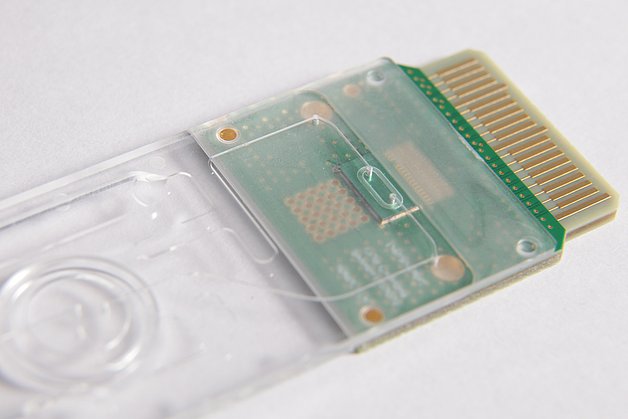
Project
SensInt
The IMMS is developing a CMOS image sensor for time-resolved fluorescence detection for direct integration into microfluidic cartridges using 3D screen printing.
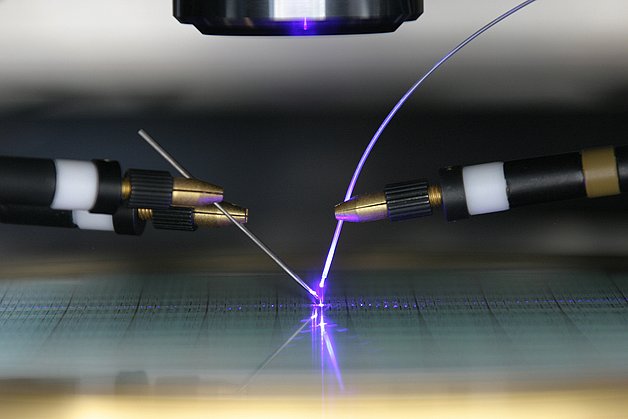
Project
FluoResYst
The IMMS is developing a SPAD-based sensor for time-resolved readout of fluorescence-labelled DNA microarrays.
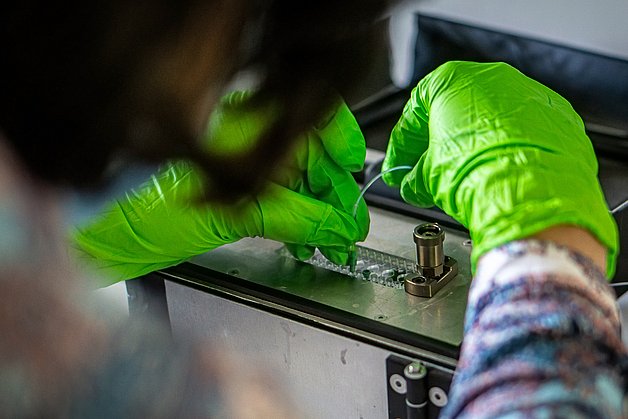
Project
KODIAK
IMMS researches image sensors for chemiluminescence assays with Thuringian industry and institutes from Erfurt-Südost and Jena

Reference
Dr. Friedrich Scholz, Senova
“IMMS demonstrated great commitment in responding to the huge challenges on the development of the point-of-care test. Our experience demonstrates that IMMS application-oriented analyses, understands and models the biochemical processes. Furthermore, the colleagues implement the specifications with their integrated system design and are flexible in adapting the systems as necessary.”
Reference
Prof. Dr.-Ing. habil. Peter Husar, TU Ilmenau
“To enable the signals from all 800 sensors to be received simultaneously without interruption, we needed analogue-digital ASICs to operate on the tiniest of power. The challenge, which was immense and hitherto unknown in any such context, was met by the IMMS staff with their ASIC development skills.”
CMOS-basierte Sensorsysteme für die In-vitro-Diagnostik
Alexander Hofmann1. Benjamin Saft1.elmug4future, Technologiekonferenz, 21. - 22. Oktober 2025, Jena, Thüringen
1IMMS Institut für Mikroelektronik- und Mechatronik-Systeme gemeinnützige GmbH, Ehrenbergstraße 27, 98693 Ilmenau, Germany.Point-of-care solution for rapid monitoring of cytokine release syndrome by chemiluminescence cytokine detection on sensitive Single Photon Avalanche Diodes (SPAD) sensors
A. Lopes1. P. Scholz1. S. Allelein1. A. Kölsch1. E. Schäfer2. M. Wiener2. B. Saft2. N. Isserstedt-John3. D. Kuhlmeier1.18. Research Festival for Life Sciences, 30. Januar 2025, Leipzig
1Fraunhofer-Institut für Zelltherapie und Immunologie IZI, Leipzig. 2IMMS Institut für Mikroelektronik- und Mechatronik-Systeme gemeinnützige GmbH, Ehrenbergstraße 27, 98693 Ilmenau, Germany. 3microfluidic ChipShop, Jena.Miniaturisierte CMOS-basierte Multi-Sensor-Plattform für die Analytik und Diagnostik
Alexander Hofmann1. Florian Kögler1. Elisa Hilbrecht1. Victoria Dimova1. Eric Schäfer1.17. Dresdner Sensor-Symposium, 25. - 27. November 2024, Dresden, DOI: doi.org/10.5162/17dss2024/P38
1IMMS Institut für Mikroelektronik- und Mechatronik-Systeme gemeinnützige GmbH, Ehrenbergstraße 27, 98693 Ilmenau, Germany.Miniaturisierter CMOS-ISFET-Sensor für die Analytik und Diagnostik
Alexander Hofmann1.DeviceMed, Das Community-Magazin, Jahrgang 20, Ausgabe 3, Juli 2024, Seite 34 - 36, www.devicemed.de/miniaturisierter-cmos-isfet-sensor-fuer-die-analytik-und-diagnostik-a-8083cd6a17f177898150dcafde09543c/, ISSN 1860-9414 | 69029
1IMMS Institut für Mikroelektronik- und Mechatronik-Systeme gemeinnützige GmbH, Ehrenbergstraße 27, 98693 Ilmenau, Germany.


